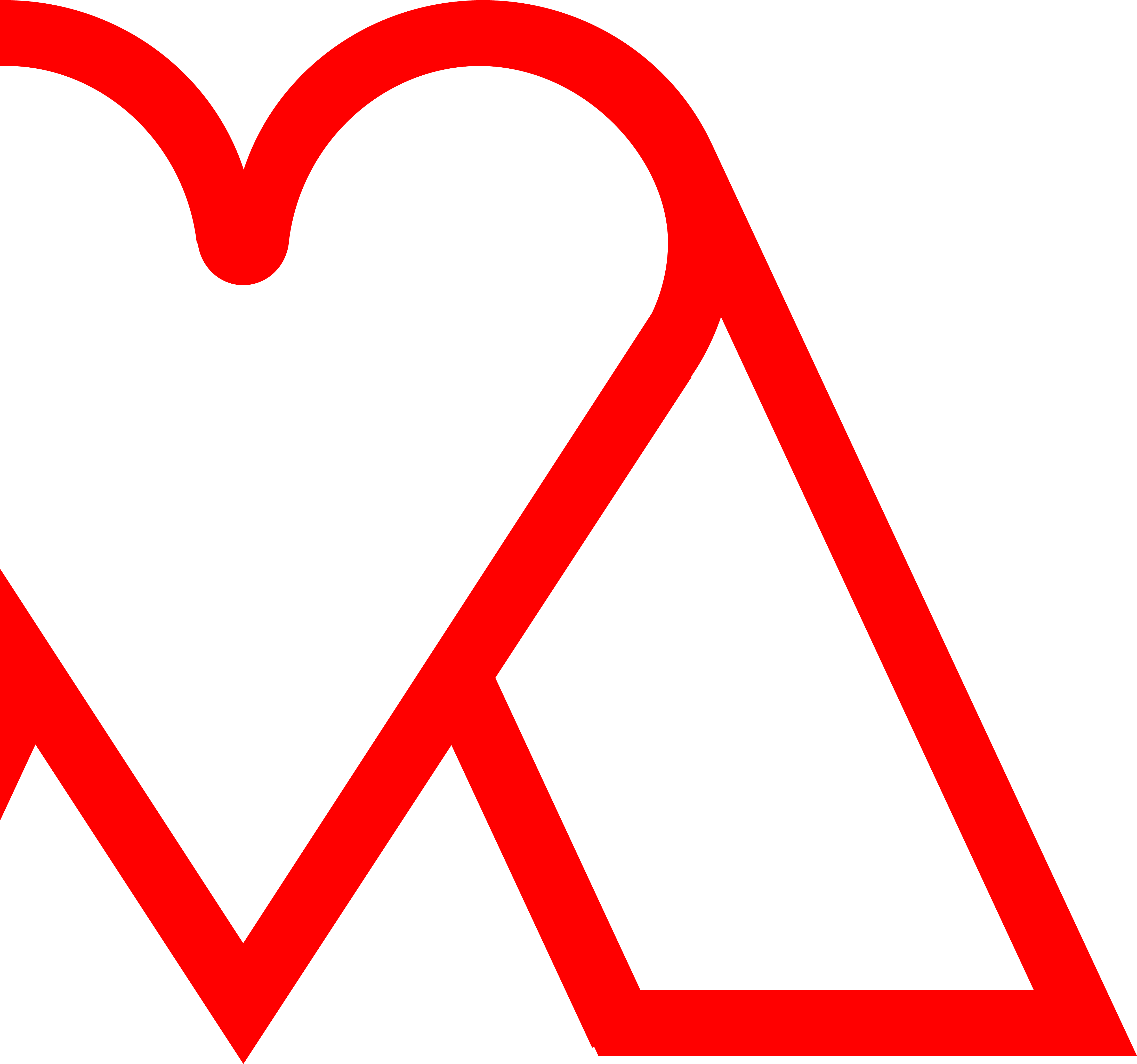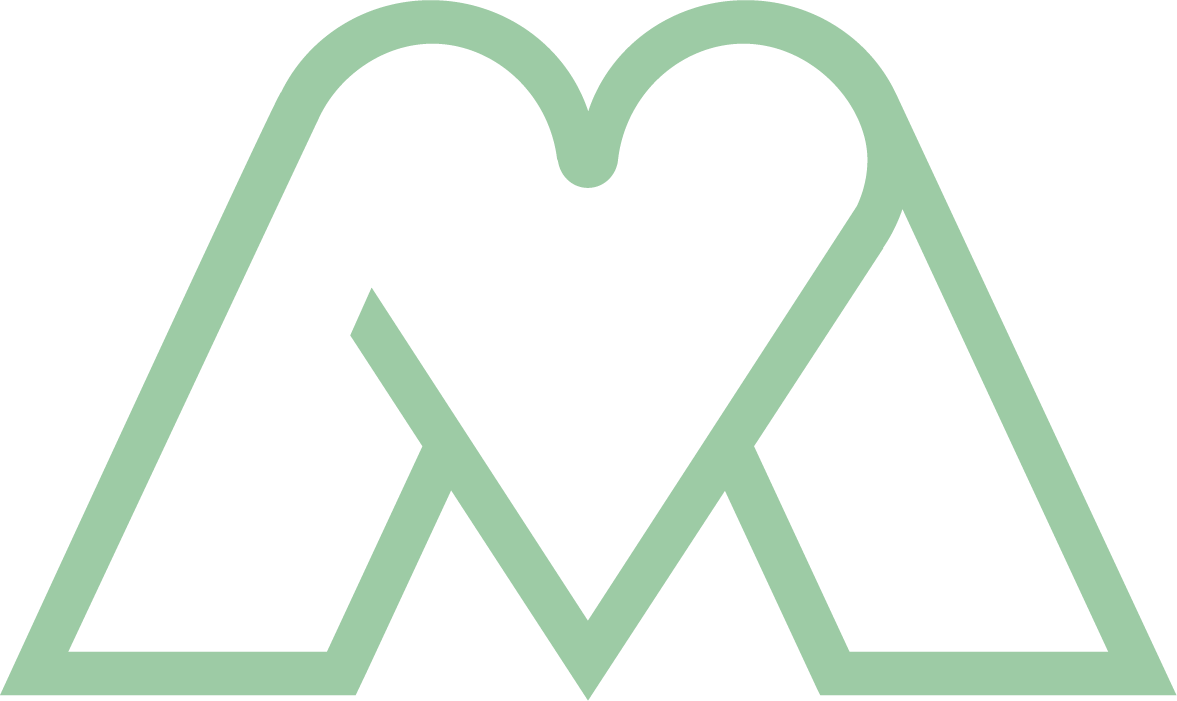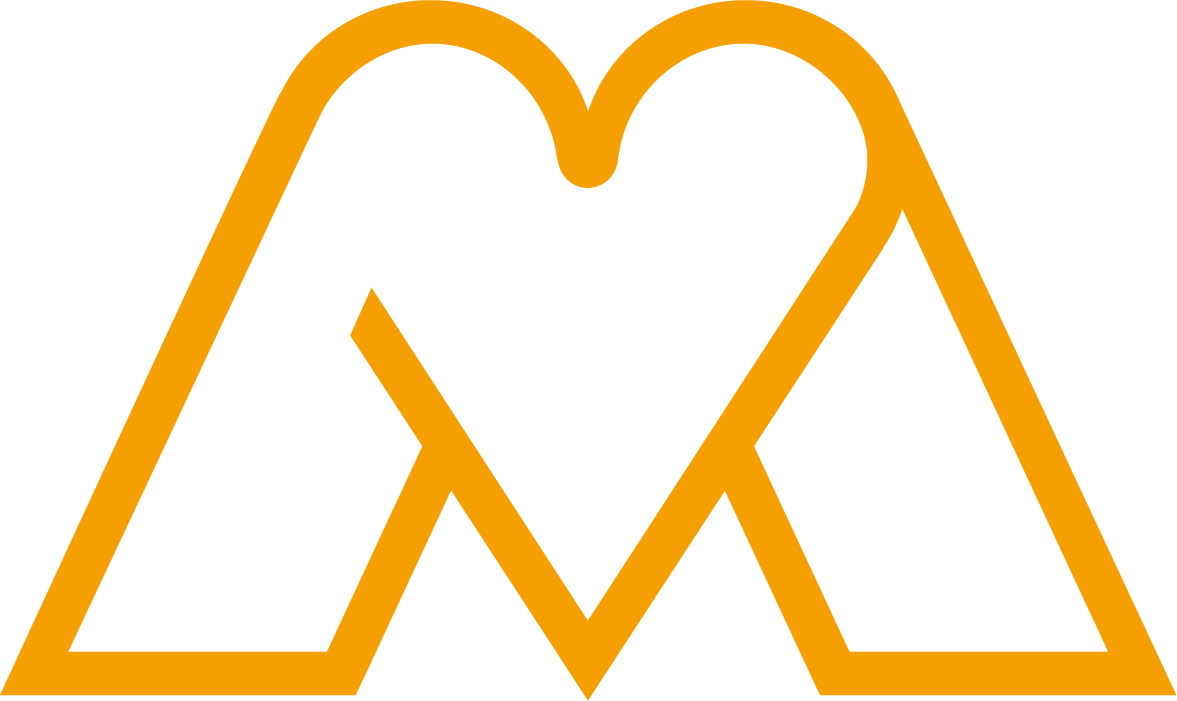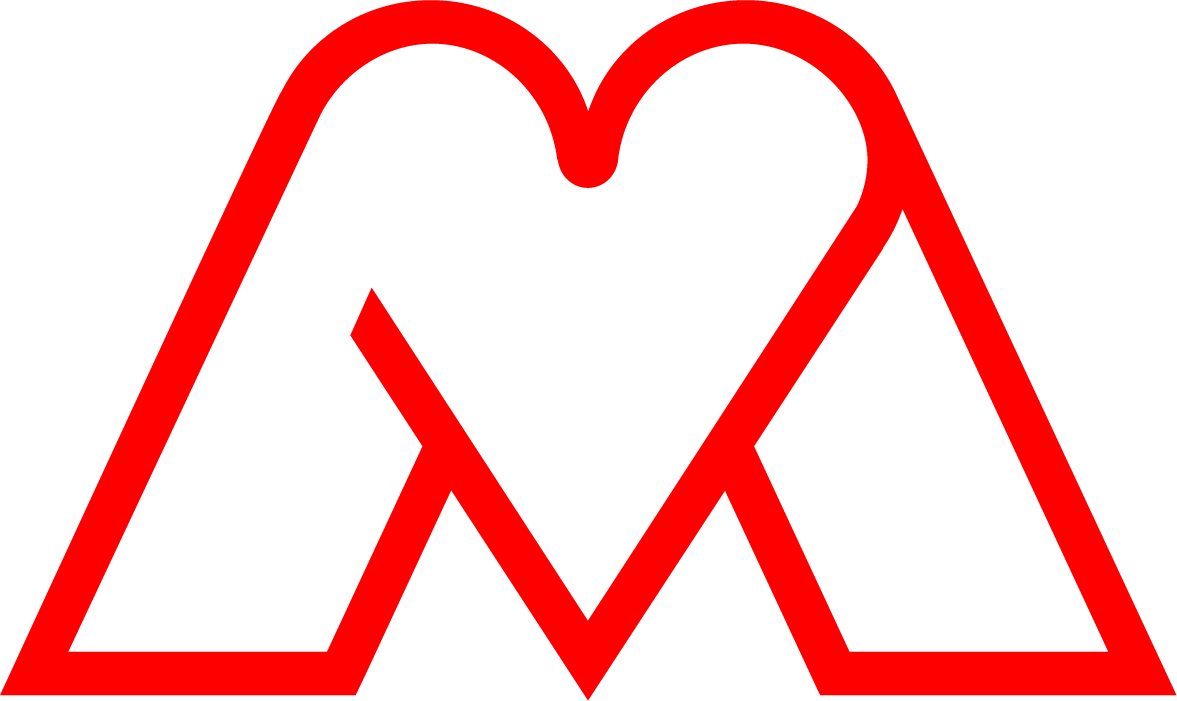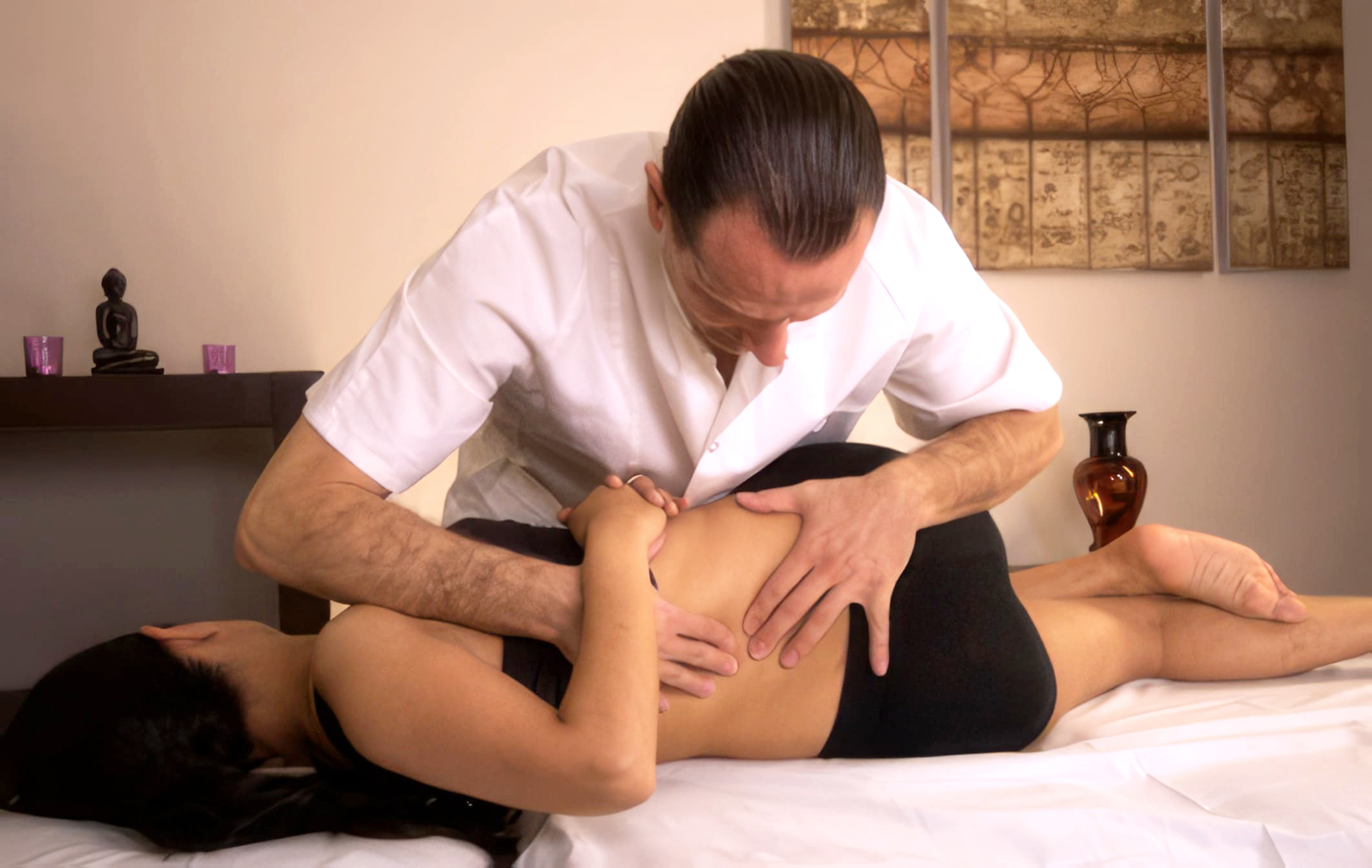
Osteopathy
An alternative medicine designed to heal pathologies by manipulating the vertebrae, joints, skull and viscera.
Osteopathy is based on the premise that all the body’s systems work together (in relation to each other), so disruption of one system can affect the functioning of another.
The treatment, called osteopathic manipulation, is a set of practical techniques designed to relieve pain, restore function and promote health and well-being.
It uses a wide range of techniques (functional, visceral, cranial, etc.) aimed at restoring the harmony and balance that cause illness and prevent recovery.
By manipulating the musculo-skeletal, visceral or cranial system, we can heal vital organ dysfunctions, knowing that these manipulations will revitalize blood flow and return joint mobility to normal levels, thus healing the patient.
Osteopathy states that the body suffers from subluxations, i.e. small displacements of the vertebrae trapping the nerves, the effects of which are the deterioration of the body’s tissues and organs.
In addition to generating a poor connection between the brain and the spinal column, this would cause pain and illness.
Types of osteopathy:
Joint osteopathy:
Dedicated to restoring the musculoskeletal system and posture, focusing on the spine and joints.
Cranial osteopathy:
It focuses on cranial problems and their influence on the central nervous system.
Visceral osteopathy:
Focused on healing organs and viscera, improving their function through manipulation by increasing blood flow.

Traditional Chinese Medicine
In the beginning, the Universe was in a “Wu Chi” state (which means “empty”). Like an egg filled with an “ocean of air”, it began to move and change continuously; this movement created water (Theory of Five Elements). Water created wood and wood created fire. The fire heated up and expanded that “ocean of air”, (the egg), and it came to a great explosion (“the Big-Bang”).
From this explosion, the lightest and clearest particles ascended to the sky: Yang. And the darkest and heaviest were falling on the Earth: Yin. Between Heaven and Earth there is Man and Nature which defines the principle of Yin-Yang within the concept of the Trigram: Earth-Man-Heaven.
“When the Chi ascends from the Earth, clouds are generated; when the Chi descends from the sky, rain is generated”.
Like day and night, warmth and cold, movement and calm. “The movement and the changes of the Yin – Yang cause evolution and change things.” This is how the interdependency between opposite and complementary arose which is explained in “The Manifestation of Yin and Yang” of the Su Wen. The Universe is expanding; the force which dynamizes the most basic structure of the Universe is called “Chi” in Traditional Chinese Medicine.
Traditional Chinese Medicine is also simply known as Chinese Medicine or Traditional Oriental Medicine, it is the name which is most commonly given to a range of traditional medical practices developed in China through thousands of years of cultural evolution.
This medicine is based on the concept of a balanced “Chi” (or vital energy) flowing through our body. The “Chi” regulates the spiritual, emotional, mental and physical energy. The “Chi” is transformed into matter but its essence stays invisible. What we see is merely its expression in the macro cosmos, the Universe, and in the micro cosmos, our body.
“The life of mankind is a result of the concentration of energy. When this energy concentrates it results in life, when it disappears it results in death.”
The concept of “Yin-Yang”, theory of the Five Elements, the Zang-Fu (organs), the essence, “Chi”, blood (Xue), body fluids, meridians, aetiology, pathogenesis, systems of diagnosis, rules of prevention and treatment, are all fundamental pillars of our health and a long life.
According to Traditional Chinese Medicine, illness occurs when the flow of the “Chi” changes and an imbalance of the Yin-Yang is produced. The components of this type of medicine include herbal therapies and nutrition, physical exercise which restore health, meditation, acupuncture, repairing massages which can restore health.
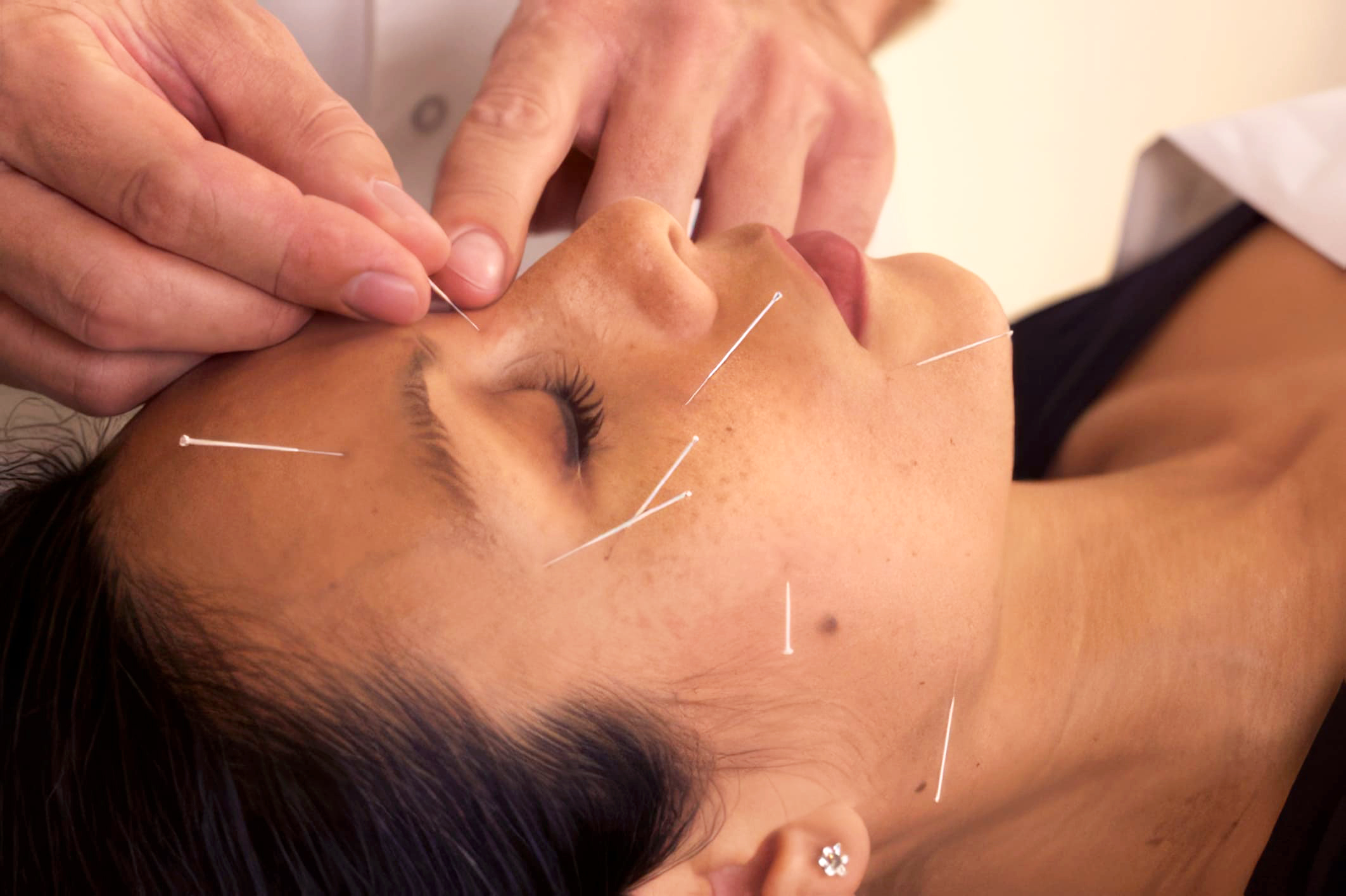
Acupuncture
Disciplina médica que forma parte de las herramientas de la Medicina Tradicional China, que consiste en la puntura de ciertos puntos del cuerpo, situados en los meridianos, con agujas especiales para equilibrar la energía. Sus orígenes son estimados a hace 5.000 años.
Los primeros escritos (NEI-JING) se estiman a hace unos 2.000 años. En el 443 D.C., los médicos coreanos aportaron este conocimiento al Japón. Al final del siglo XVII, los misioneros jesuitas y los médicos de la Compañía Holandesa de las Indias introdujeron en Occidente sus observaciones de medicina china. Soulié de Morant la introdujo en Francia a finales del siglo XIX.
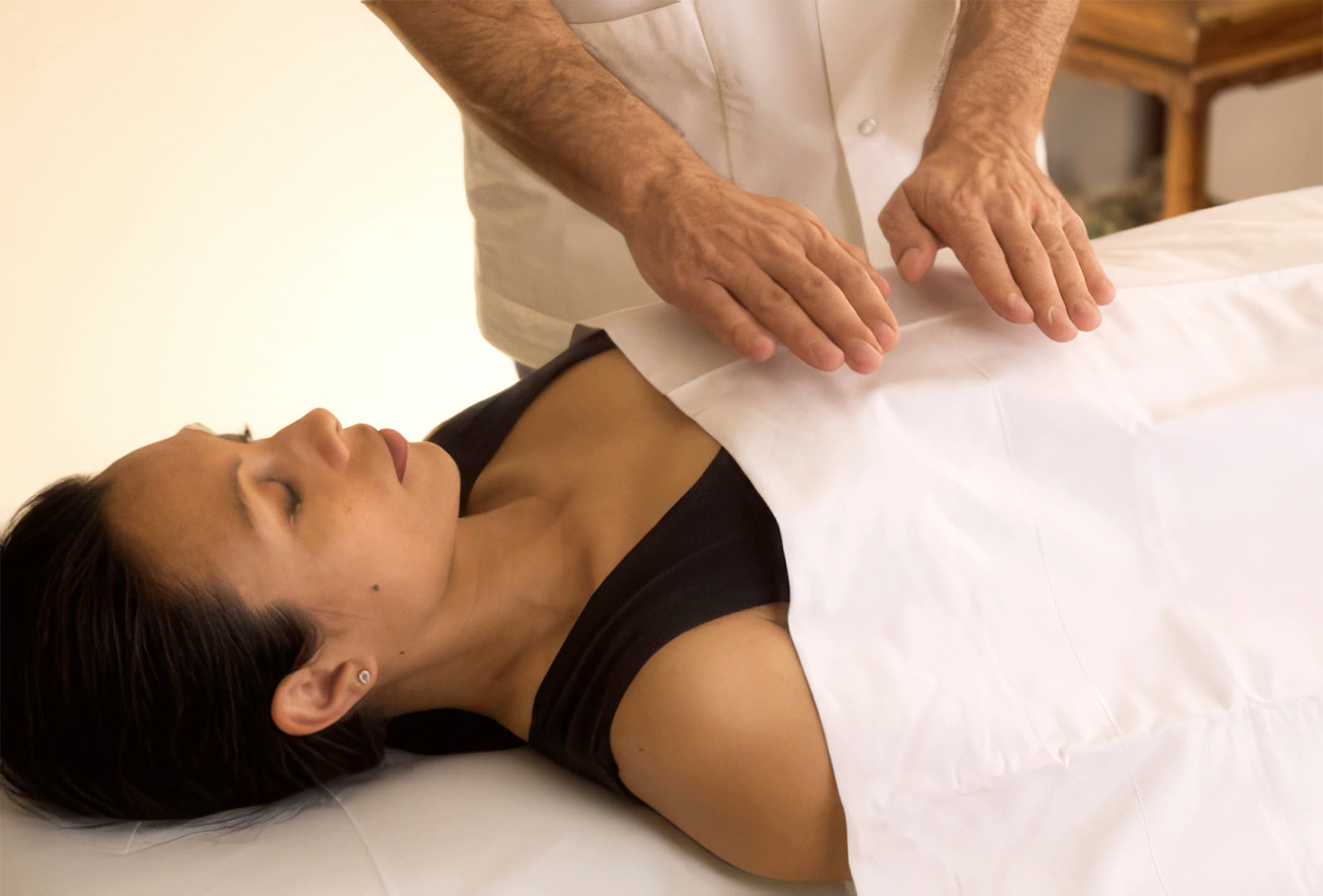
Reiki
The term Reiki is Japanese. It is loosely translated that Rei means “universal” and refers to the importance and the nature of this practice; Ki means “energy”, hence we can understand the word Reiki as “Universal Energy”.
Reiki is a natural healing method, which uses vital universal energy in order to allow physical and mental illnesses to be restored. Mikao Usui, a Japanese monk, has developed “Reiki” during a special retreat in the middle of the 19th Century, although he always maintained that he had only “retrieved” a millenary method of recovery which had existed but had been forgotten over many years.
The practice of Reiki is based on a transmitter or channel who transmits Reiki (vital energy) with his hands to a receptor, who can be himself or a another person, with the objective to palliate or eliminate pain or illness; though, as Reiki is a universal energy, Reiki can also be applied to other living beings like animals or even plants.
The method of Reiki is based on the Hindu beliefs of the Chakras, which describe the state of health of a person. According to this belief, the malfunction of one or more of the Chakras would provoke bad health or make it more severe, and it opens the door to illness. The method consists of directing Reiki energy to the Chakras of an ill person (receptor), to unblock them and potentiate the process of recovery that way.
THE 5 PRINCIPLES OF REIKI:
Doctor Mikao Usui established a Reiki guideline for daily life which is based on the principles of the Japanese emperor Meiji, and he invited his students to follow it.
Original document in Japanese where these principles are described:
The maxims of Reiki:
Only today:
Don’t get angry
Don’t worry
Be grateful
Work honestly
Be pleasant
Practice Gassho meditation in the morning and the evening
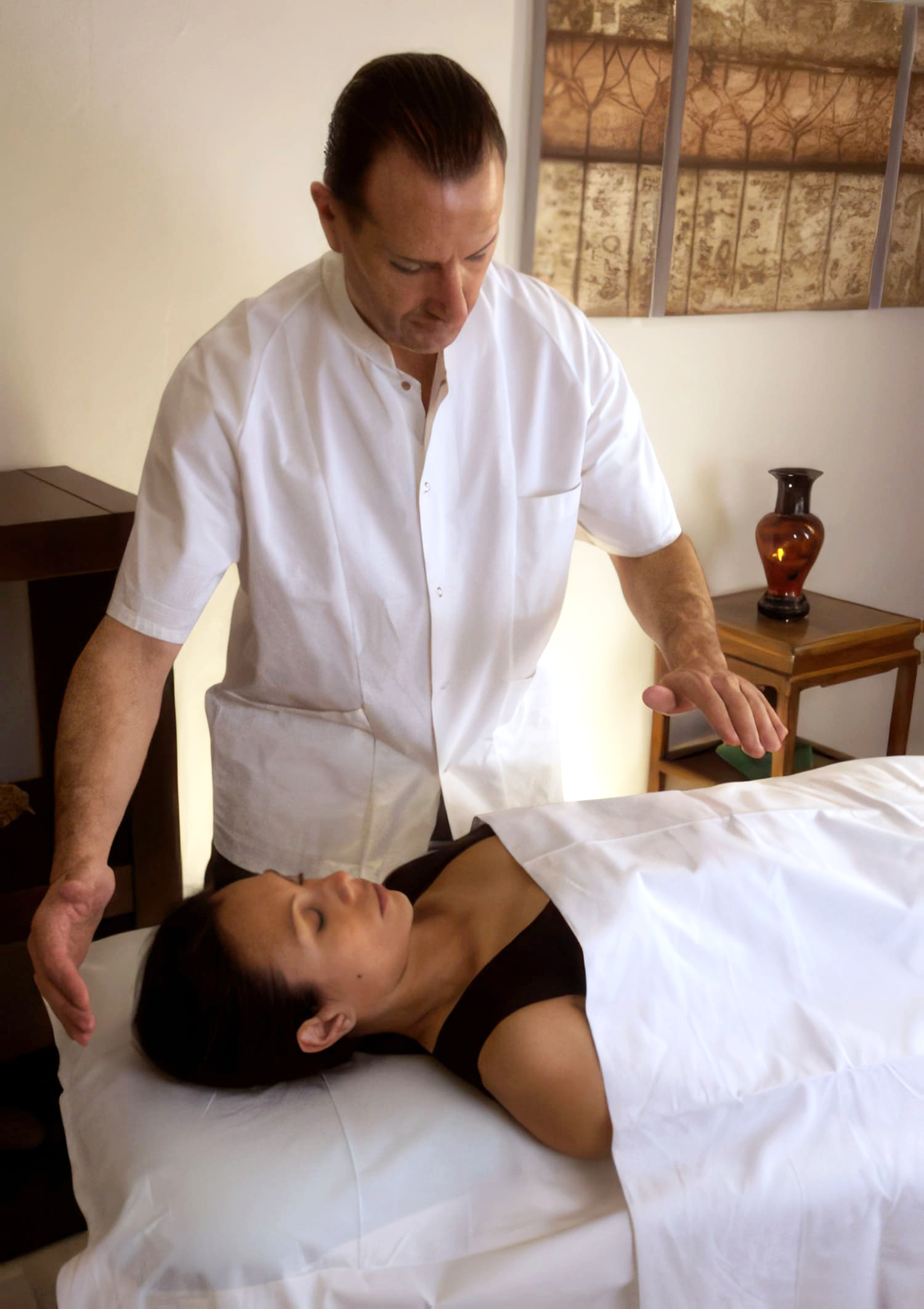
Ayurvedic Medicine
Ayurveda is an ancient Indian health science which derives from the Hindu tradition, greatly and extensively described in the Vedas, the most ancient texts known by Humanity, which not only hold the knowledge of medical sciences but also reflect on other sciences like Mathematics, Astrology, Psychology, Language, etc.
Practiced in the Orient, from Tibet to Siberia, in the last 5,000 years and, according to studies, it originates from Siberia and was dispersed over Asia by Mongolic tribes thousands of years ago.
Ayurvedic Medicine (which means “Science of Life”) is a comprehensive system of medicine which combines natural therapies with a highly personalized approach of treating a disease.
The key of Ayurvedic Medicine is the “Constitution” (Prakriti) and once it gets identified, it allows us to establish a whole profile of a person’s health.
The subtle and intricate constitutional profile of a person is the first critical step in this process, once it is identified, becomes the base of all clinical decisions.
Ayurvedic Medicine relies on the concept of the different metabolic types of the body, or “Dosha”. The three metabolic body types are known as Vata, Pitta and Kapha, and it has its own precise system of diagnosis.
Ayurvedic Medicine maintains that to restore health, it is necessary that the illness, or the imbalances of body and emotions, are correctly understood and diagnosed in the first place.
After diagnosing there are four major methods applied by an Ayurvedic doctor to manage illness: cleansing and detoxification, palliation, rejuvenation (rasayana) and mental hygiene.
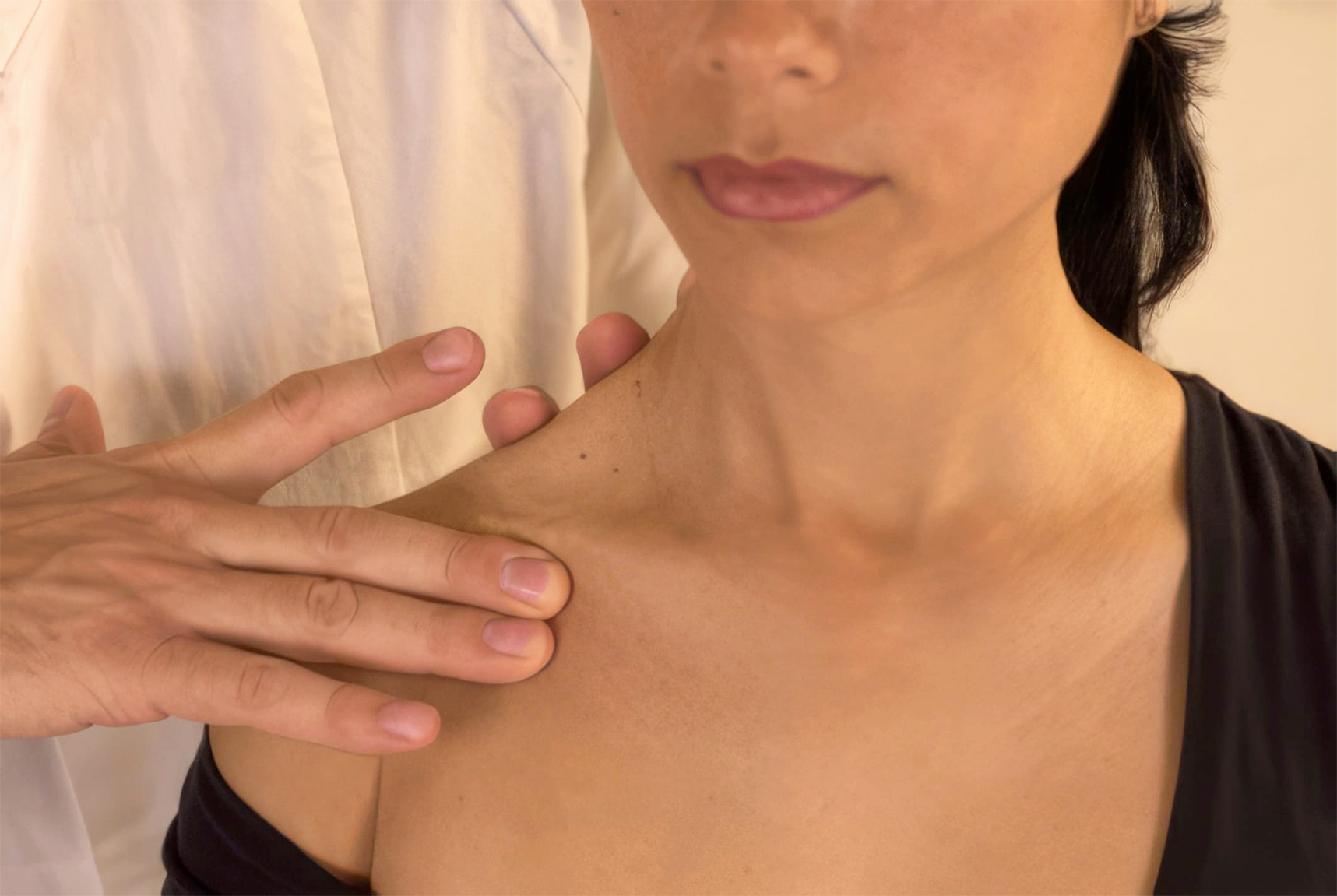
Connective Tissue Reflex Therapy
In 1889, two English doctors, Head and Mackenzie, found out that there is a relationship between an ill viscera and the skin.
They state that for a certain illness a certain part of the skin turns hypersensible.
In 1929, the physiotherapist Elisabeth Dicke noticed manifestations of a pathological phenomena in the subcutaneous tissue.
She observed modifications of the tissue of the following kinds: indurations, swelling and retraction. She developed a special technique in which the fascia is stretched and manipulated, starting with the least sensible points of the body.
She obtained surprising results in different pathologies with this method.
From 1960 on, the Institute E. Dicke for Connective Tissue Massage (Institut E. Dicke International de Bindegewebsthérapie) in Brussels carried out scientific investigation to find a justifying theory for the Reflex Zone Therapy and its applications.
We are obliged to Dr. Klein and Miss Hendrickx (Physiotherapist) for developing a method which is scientifically recognised.
Principle of neural therapies:
Every ill organ can project itself peripherally through our body via the nerve tracts reflected in a metamere (body segment). A metamere is an innervate segment of a single spinal nerve from its exit through the conjunction hole to the smallest parcel of innervate tissue.
Neural therapy acts peripherally on the body to reach the organs through the nerve tracts.
Modes of action:
With the tip of the finger, middle and ring finger, pressure is applied and the skin gets stretched which generates nervous impulse.
Through the vegetative innervation, we can work on all the functions of our organism and the vegetative regulatory centers.
Through the cerebrospinal innervation we can work from the skin on all parts of the metamere (through the transversal organisation of the nervous system) and on the superior nerve centers (through the longitudinal organisation of the nervous system).
The body reflex massage acts on:
– Medulla Oblongata: this is where their vascular motor lies, the controlling systems of the visceras and the respiratory center
– Telencephalon: this is where we find the regulator of blood volume, regulation of albumens, sugar, fat, the water metabolism, of sleep and allergies.
– Cortex and“Tuber Cinerum”: this is where the hypophysis lies, the neuro vegetative system and the endocrine system.
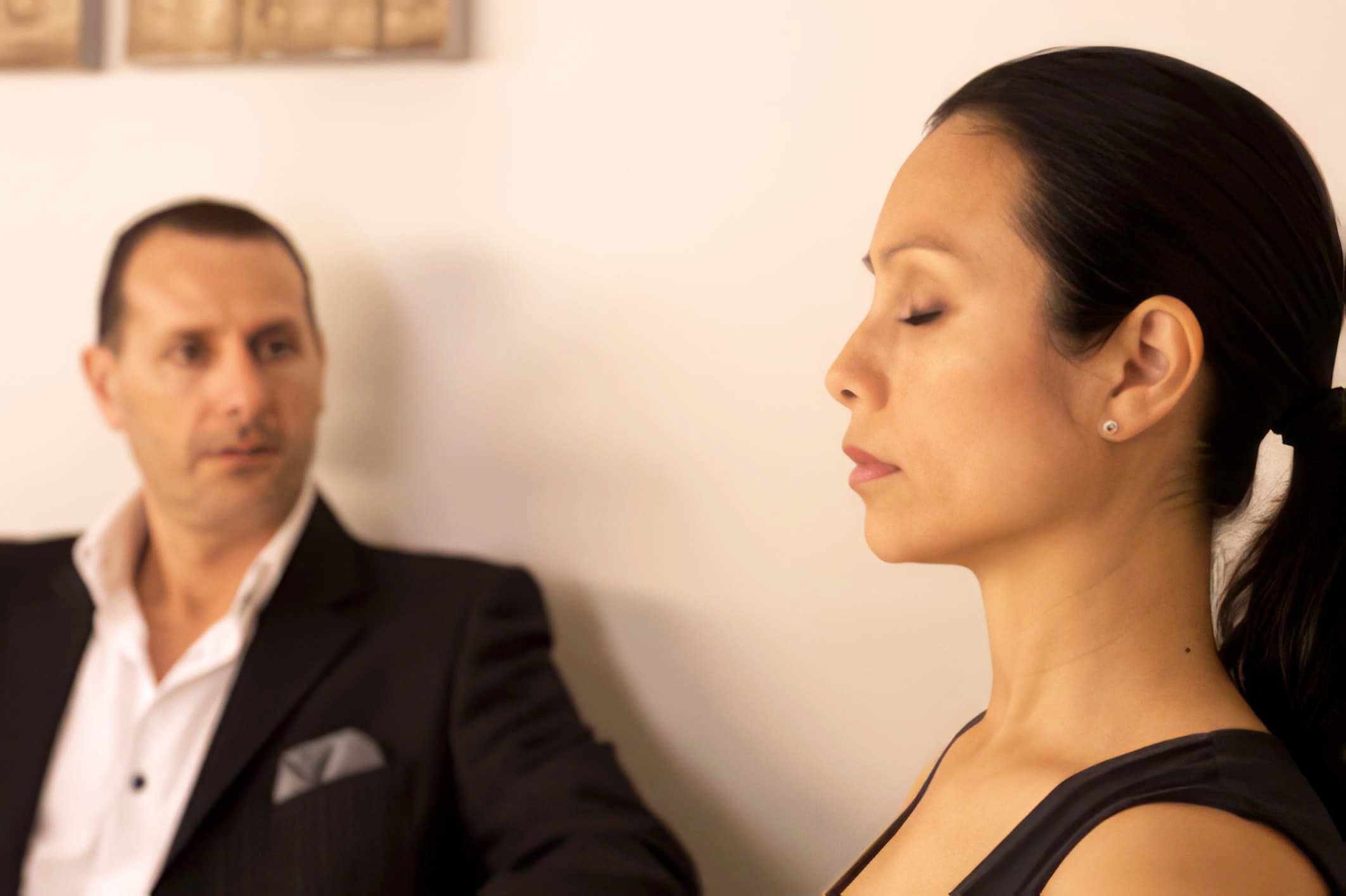
Ericksonian Therapeutic Hypnosis
Milton Erickson, an American psychiatrist, suffered from severe health problems. He had attacks of Poliomyelitis and learnt auto-hypnosis for his own sake. Afterwards, he dedicated great parts of his life to experimenting with different types of hypnosis which he applied upon others and himself.
He used Hypnosis in order to allow his patients to restore or establish contact with the resources we all possess. When he died in 1980 he left a fabulous way to change to Humanity.
Hypnosis is a modified natural state of consciousness, an intermediate state between night watch and sleep, which we surpass every day without noticing. This is the state of consciousness that the Ericksonian therapist uses, and where we can see things from a different angle that moves the unconscious resources which lie in our inner.
Ericksonian Hypnosis is based on the different states of relaxation and the active participation of the patient. Through a symbolic conversation or language, the therapist guides the patient’s unconsciousness, which allows him to find solutions for his problems.
Our unconsciousness is, according to Erickson, a great reserve of resources and learning, which we can use to overcome our difficulties.
The patient’s integrity and the freedom of choice are guaranteed throughout the therapy.
The Ericksonian Hypnosis is used in Medicine and Psychiatry. It seems to be effective for letting go of certain dependencies, such as tobacco, alcohol, drugs and for treating anxiety, sexual blockages, stress, etc. We could mention a long list of problems where hypnosis achieves beneficial results. Generally, its greatest field of application is related to problems with a psychological root.
“To cure with words” …each human is absolutely unique and therefore needs a treatment adapted to his uniqueness; to be a therapist means to invent new treatments which apply to the necessities of each patient. Hypnosis allows the patient to assimilate his lessons through “tales” (metaphors) without having to face consciously the realities he is not yet prepared to see.
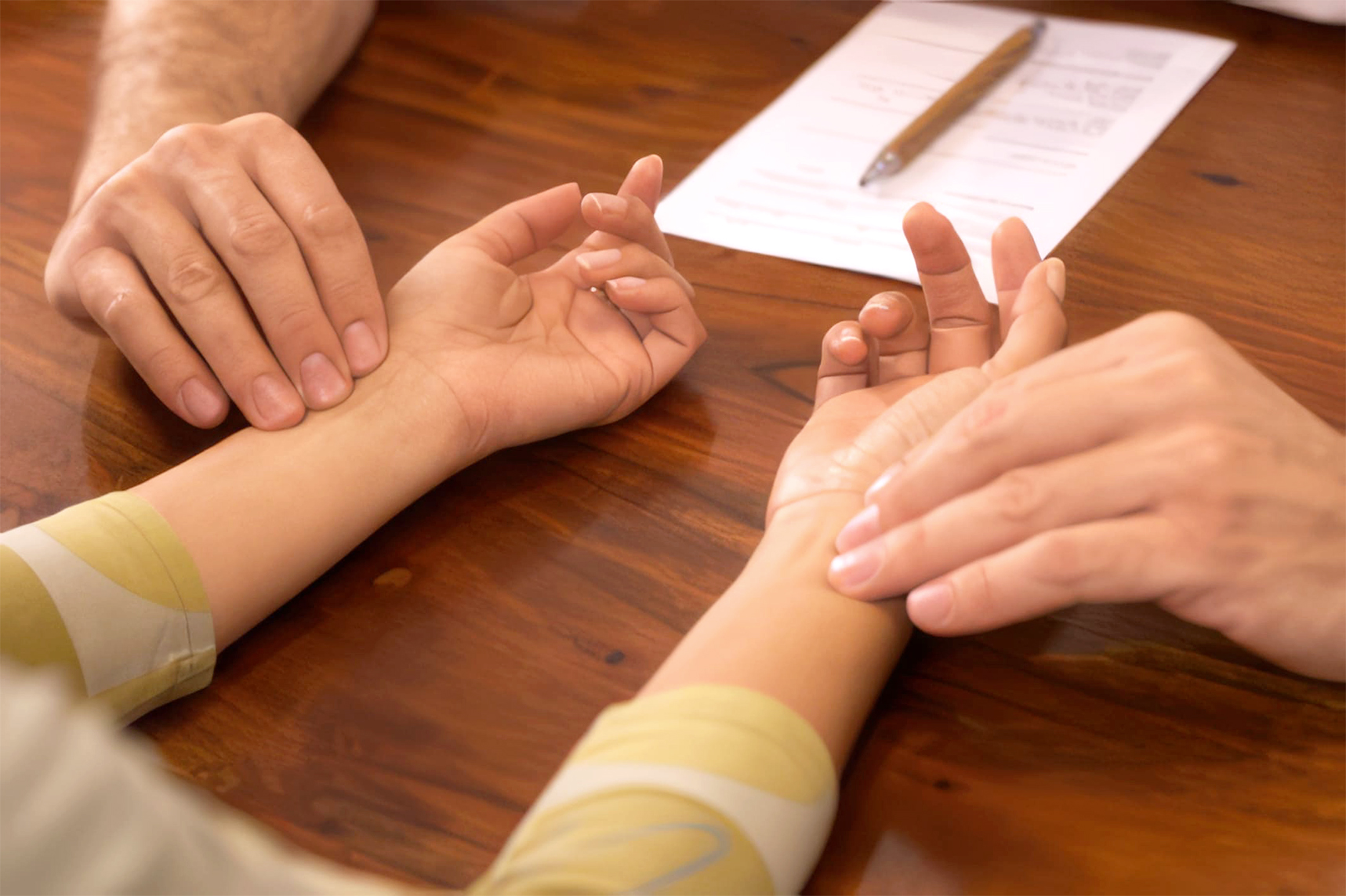
Brief Systemic Therapy
Brief systemic therapy started in the 1970’s in Palo Alto (California).
Brief Systemic Therapy describes “the paradoxical nature of repetitive problems”.
Brief Systemic Therapy is a group of procedures and techniques that aim to help consultants (individuals, couples, families or groups) to mobilize their resources to reach their objectives in as little time as possible. It has a constructivist focus that centers on the interpersonal context of problems and their solutions, promoting active collaboration among its users.
From a historical perspective, Brief Systemic Therapy is situated between two great traditions: on one hand, the systemic tradition of analyzing phenomena in their relational context, integrating the approaches of Cybernetics, the Systems Theory or the Pragmatics of Human Communication; on the other hand, the tradition of brief therapy inspired by Milton Erickson, with his pragmatic proposal to use patient’s own resources to cause change.
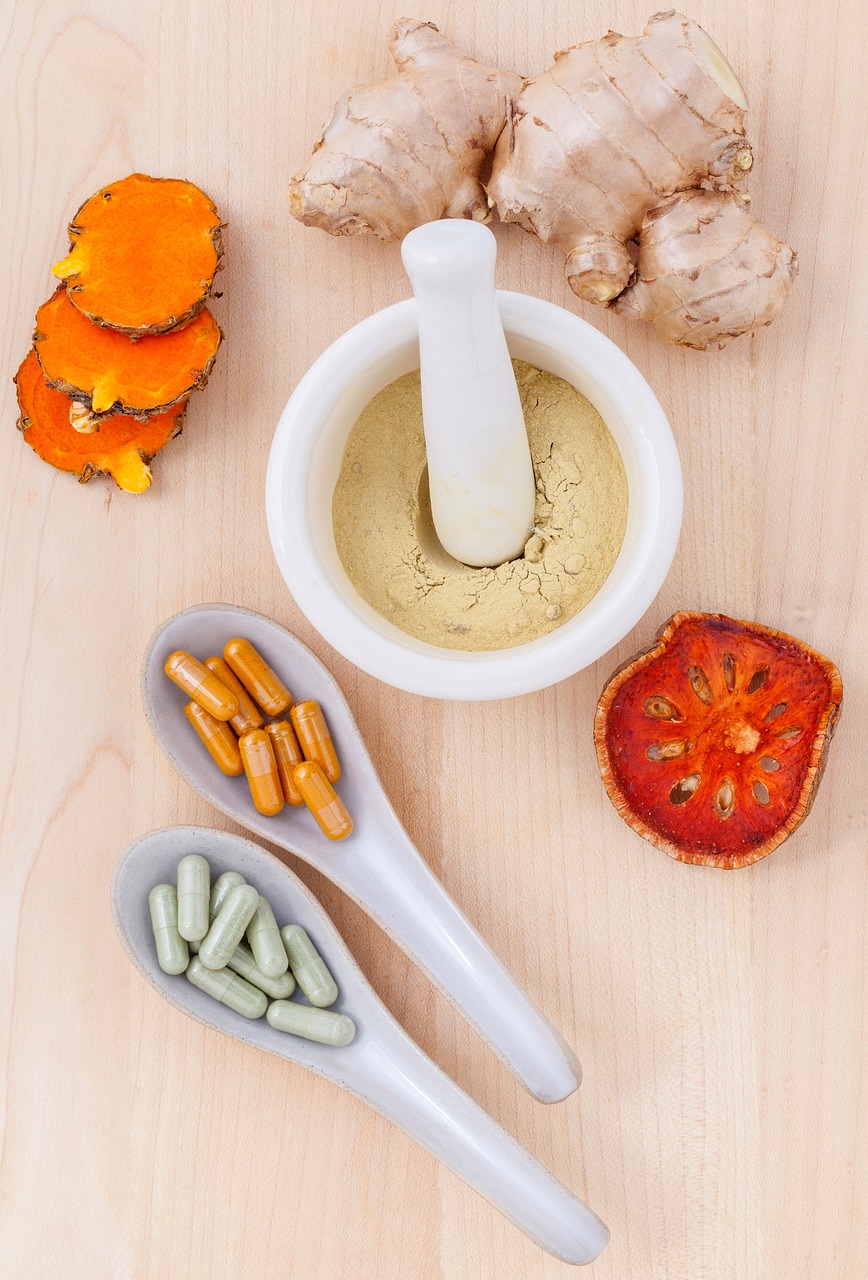
Phytotherapy
Medicinal plants have been used to cure illness since ancient times. During a long period of time, natural remedies have been the main and only medium at a doctors’ disposal. Phytotherapy, a name which means the medical use of plants, never ceased to have importance. Many of the vegetal species used by the old Egyptians, Greeks and Romans thanks to their curative powers, where later used in the Medieval Pharmacopeia, and was then enriched by the knowledge of the New World. These medicinal plants and remedies are still being used today.
At the beginning of the 20th Century, the evolution of chemistry and the discovery of the complex processes of organic systems, started the production of new medicines by the pharmaceutical industry. For the production of many of them, they used the active principles of medicinal plants, believing that the actions, imputable to certain substances, were increased by applying therapies, where the quantity of the active principle is higher than the plant’s. Far from reality, as it was proofed that the properties of these substances were not only less effective but also able to produce intoxications and intolerances, something that never occurred using the whole plant.
We mustn’t forget that the use of remedies based on medicinal plants represent a series of advantages opposed to chemical treatments. In plants, the active principles are always biologically balanced for the presence of complementary substances, which would always potentiate against each other; and therefore would generally not retain them in the organism and their unwanted effects would be reduced to a minimum. Nevertheless, although the number of investigations and scientific studies of medicinal plants have increased, many of the active principals, to which these plants owe their incredible qualities, are still unknown.
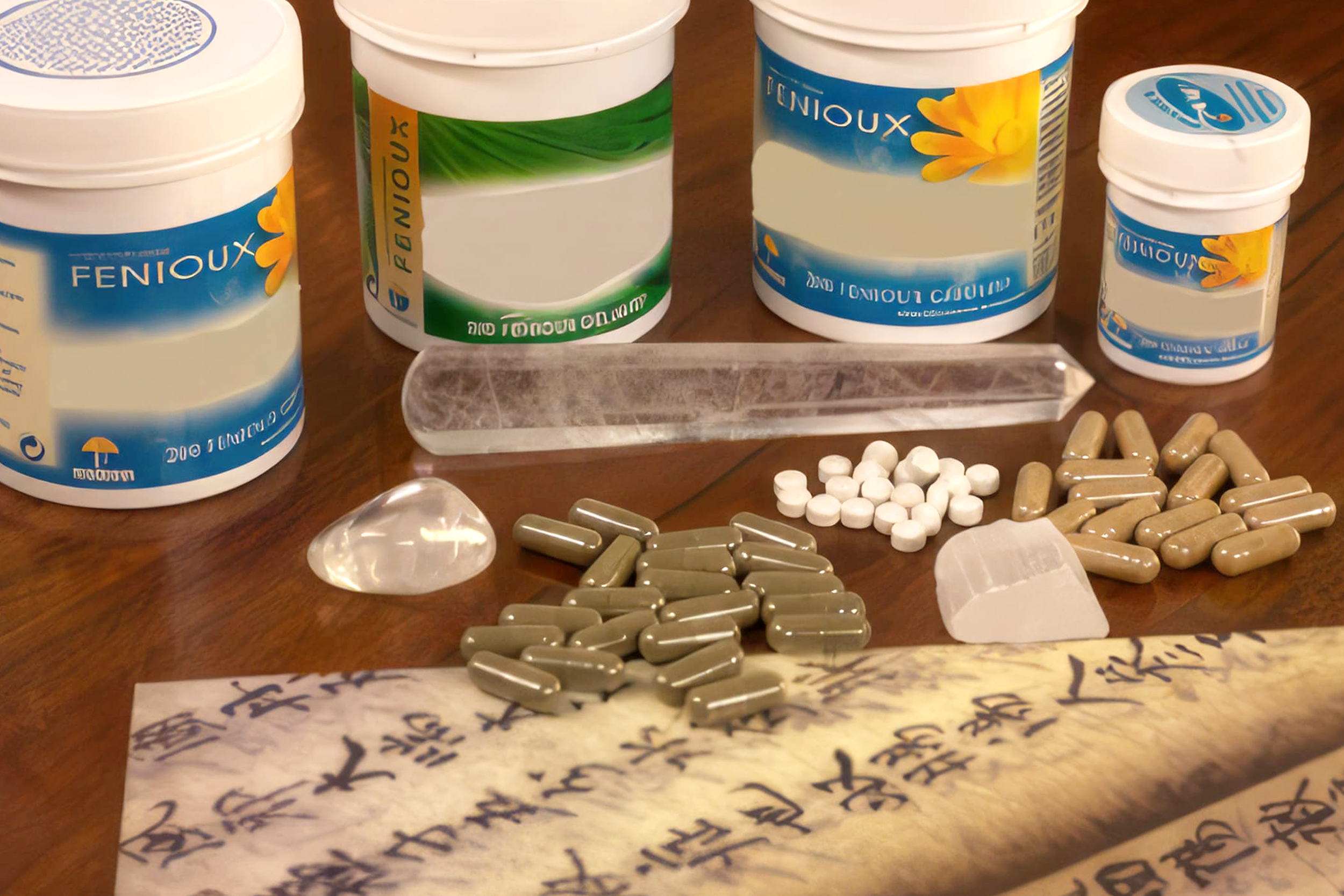
Nutritherapy or Orthomolecular Medicine
Nutritherapy consists of maintaining and restoring the cellular balance, starting with the so called essential elements (i.e. those which our organism can’t synthesize): vitamins, oligoelements, certain aminoacids and polyunsaturated fat acids.
The therapy focus lies in balancing nutrition. Sometimes, aliments are completed with one, or more, of the 4 different essential elements.
Nutritherapy is actually a basic medicine.
The following elements establish Nutritherapy:
– Vitamins
– Oligoelements
– Aminoacids
– Polyunsaturated fat acids
At the beginning of the 20th Century we became aware of the existence of molecules in our body which are indispensable for life. The absence of one causes severe pathological disorders and can lead to death, if lacked completely.
The way of “returning to nature” was introduces by two elements:
The development of yatrogenical diseases, i.e. illnesses caused by medication and, for a smaller part of society, an uncontrolled fear of consumerism and disorders from bad nutrition.
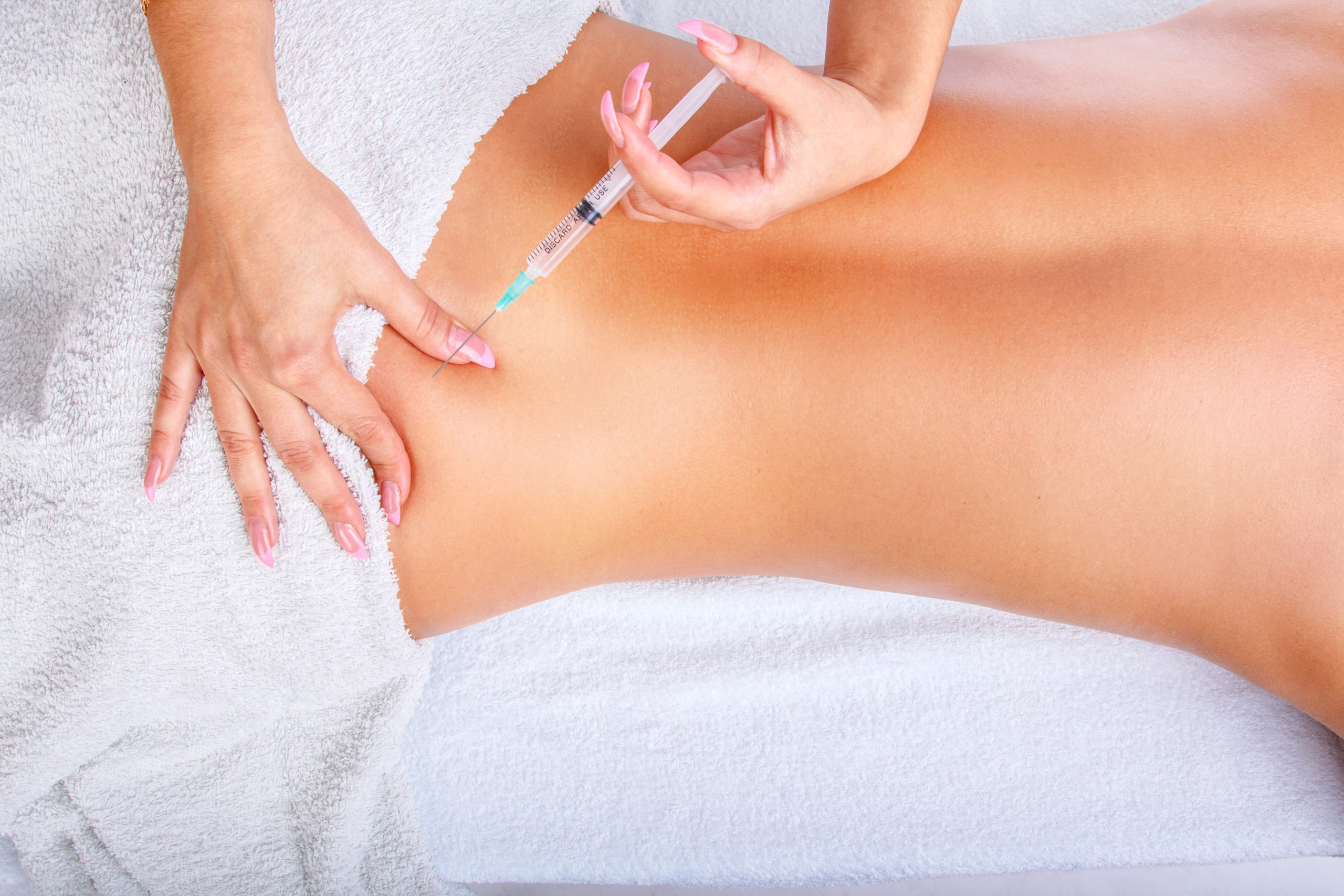
Homeophathic Mesotherapy
Homeopathic mesotherapy is a special technique that involves the intradermal administration of homeopathic medication.
Described by Dr. Michel Pistor in 1958, who had accidentally discovered it while working as a rural doctor, in a little French village.
The advantages of mesotherapy are resumed in an aphorism that all practitioners must always keep in mind: FEW, FEW TIMES, IN THE RIGHT PLACE.
“FEW” refers to the small amounts of homeopathic medicine that are necessary to obtain the most benefit when they are administered with mesotherapy.
“FEW TIMES” refers to the fact that there is only little need to repeat the dose.
“IN THE RIGHT PLACE” says that homeopathic medicine that will be administered with mesotherapy technique should be injected into the skin as close as possible to where the pathology lies that we want to improve or cure.
What gives Mesotherapy its special characteristics and its fantastic therapeutic effects is at the depth at which it is administered, the intradermal level (less than 4 mm depth, as a rule).
What are the indications of Mesotherapy?
Mesotherapy can be used for the treatment of:
Muscle and tendon pathology
Rheumatic, joint and bone Pathology
Pathology of the ligaments
Orthopedic and functional rehabilitation.
Venous disease, lymphedema
Dermatology, acne
Alopecia
Hypertrophic scars and keloids
Mesotherapy plays a very important role in aesthetic medicine, used for treating:
– Wrinkles
– Lipodystrophy or cellulite
– Skin Revitalization
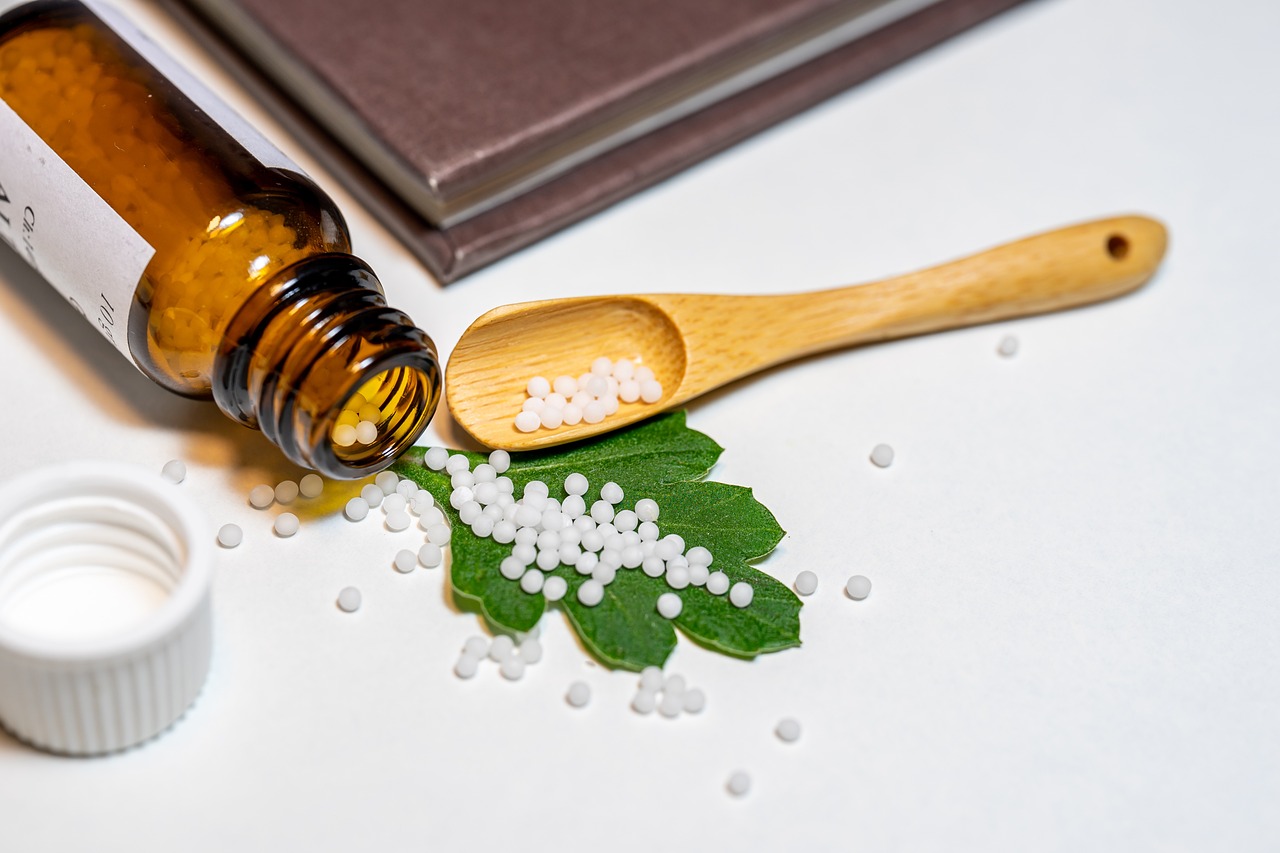
Homeopathy
Homeopathy (homeo = similar, pathos = disease) is a therapeutic method in which the patient is given an ultra-diluted or infinitesimal dose of a substance (of vegetarian, mineral or animal origin), that, if administered to a healthy person in high doses, would provoke symptoms similar to those of the patient.
Although this technique was being used since the times of Hippocrates, it was Dr. Samuel Hahnemann (1755-1843), who, in 1808, finalized the preparations and showed a way how to administer these drugs in order to activate our body’s own defence system and gently obtain an improvement of our health or cure a disease.
Applying the principle of similarity (as it was formulated by Hippocrates), Homeopathy uses the therapeutic effects of substances by reducing their toxicity, using a very small dose, up to a level which is called “infinitesimal.”
THE DILUTION PROCESS
Homeopathy defines the power of its remedies by the number of dilutions: the more dilute they are, the more powerful they are. The dilution process is called empowerment. Power is defined as a number, the higher the number, the higher is the dilution. 30 ×, for example, is more diluted (and therefore, according to Homeopathy, it is more powerful) than 10 ×. This contrasts with conventional medicine and biochemistry, as they both say the more active ingredient that is present in a drug, the greater of effect will be achieved (positive or negative).
Some proponents of Homeopathy believe that lesser dilutions have a more physiological effect, and higher dilutions have a stronger effect on the mental or on the emotional level.
THE BENEFITS OF HOMEOPATHIC MEDICINE
Homeopathy is a useful and effective therapeutic tool in the treatment of all illnesses, acute and chronic: sometimes they can be cured, sometimes there is significant improvement or at the very least, alleviation.
1) Proven to be totally effective, over millions of treatments.
2) Natural substances.
3) Drugs without “pharmacological aggressiveness”, meaning they have no side effects or contraindications.
4) Suitable for all types of patients: pregnant women, infants, children, elder people and diabetics.
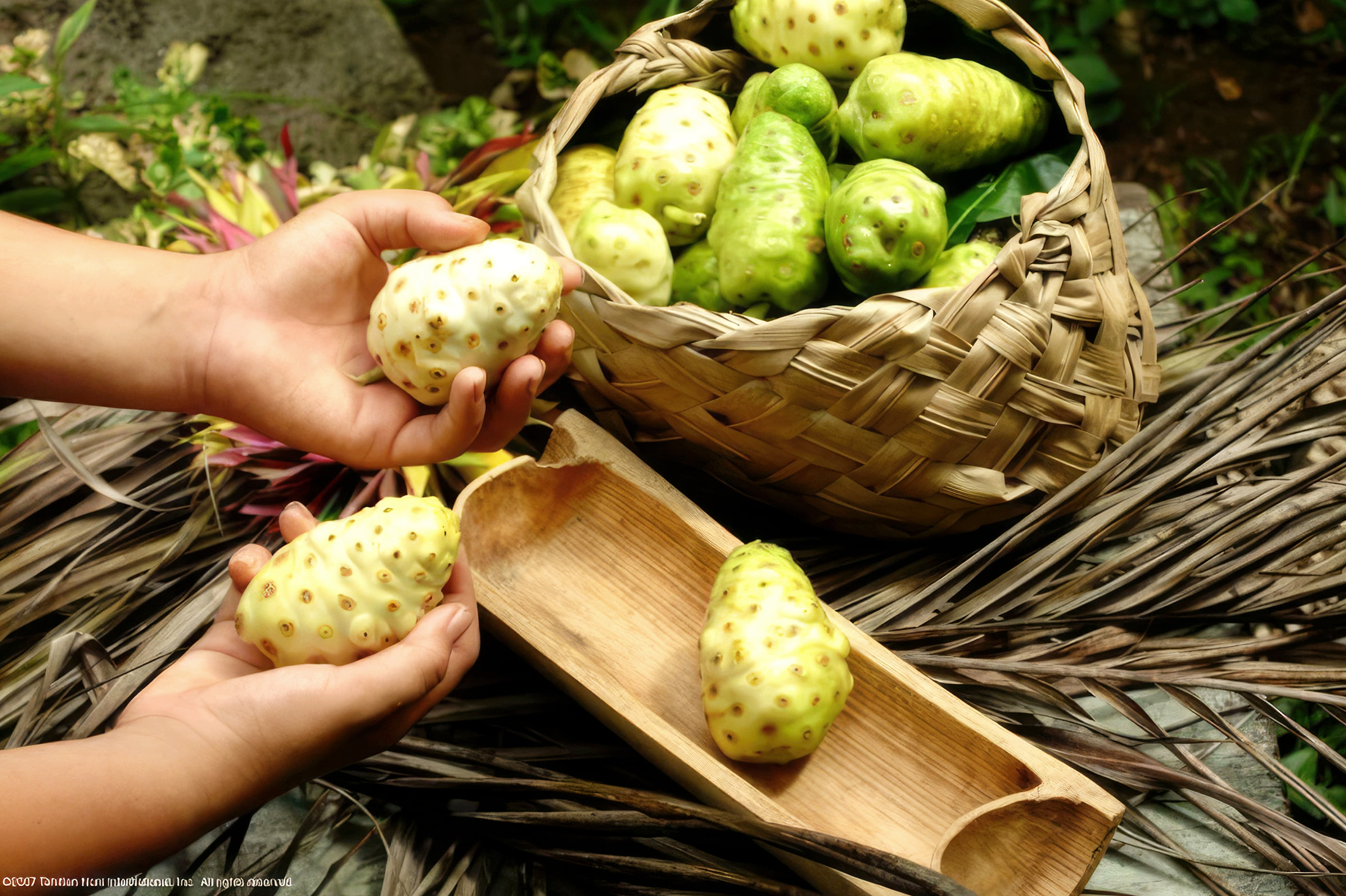
The Noni
TAHITIAN NONI juice was introduced in the USA with commercial pursuit in the middle of the 1990’s by some of the founders of Morida Inc. Before, very few American had ever heard about that fruit. Nevertheless, in Tahiti and in other Polynesian areas, people have been using Noni for over 2,000 years to promote health and wellbeing.
Historically the natives have used the whole plant for therapeutical benefits. The earliest studies on the plant show that its roots were traditionally used to reduce fever, to help controlling diabetes, whereas the leaves were put on wounds and ulcers for relief. The fruit was used in many other different antique ways as medicine.
Areas of application where Noni was used by the ancient Polynesian doctors (called Kahunas) are: Diarrhoea – Oral infection with Candida Albicans – intestine parasites – cough – tooth ache – colds – skin abscesses – Pleurisy – stings of centipedes – tuberculosis – elephantiasis – eye infection – bruises – Conjunctivitis – wounds – fever – Jaundice – vomiting – rheumatism – inflamed and hurting gingiva – women’s conditions – throat ache (Laryngitis).
Doctor Anne Hirazumi Kim, after a long investigation, catalogued and published more than 150 nutraceuticals, found in Noni.
Noni, or Morinda citrifolia, belongs to the family of Rubiaceae. This scientific family is composed of approximately 80 different species of plants, and only 20 of those have been recognized to possess commercial value, or to be worth being given attention.
As a matter of fact, Noni stands out like a queen between the species “Morinda”, for its remarkable characteristics, multiple uses and its supreme ability to distribute itself along the coast of the sea without human help. The Noni plant which can grow up to almost 7 meters high with big ever green leaves, and its small white flowers, flourishes in different times of the year. These flowers develop into a 15 cm long fruit of irregular surface with spots. When it ripens, the white-yellowish skin of the Noni goes translucent. At that point, the flesh of the fruit, usually insipid, tastes bad and produces a nasty smell (described as “smell of rotten cheese”) which rapidly filters through the skin.
Noni has traditionally grown in a wide extension of areas including rocky territory, low fertile grounds, and sandy zones. The list of areas in which it has lived is impressing: it is found in the majority of insular territories of the South Pacific (including Tahiti and Hawaii, the two areas where it is most known), Malaysia, Indonesia, Taiwan, the Philippines, Vietnam, India, Africa, Guam and the West Indies (incl. Puerto Rico and the Virgin Islands). Noni yields fruit almost all year long.
From India to Fiji:
Historically, Noni has been also used in cultures other than in Polynesia. In India, the Noni fruit is used for cooking and to treat illnesses. Actually, it became so popular that finally it was cultivated and got recollected and also other parts of the plant started to get used.
The Indian natives used M. Citrifolia also for therapeutical benefits: “It’s reported that almost all parts of the plant have medical properties. The root is used as a laxative and anitpyretic (lowers fever), and applied externally, it reliefs pain caused by gout. The fruit is used against spongy gingiva, conditions of the throat, dysentery, leukorrhea, (abnormal menstrual blood flow), sapraemia (envenoming of the blood due to bacterial putrefaction).
Other numerous reports provide a detailed image of how precisely Noni was prepared over the years. “On the Fuji Islands the fruit is eaten cooked and raw.” The insular inhabitants of Nîue eat it regularly and it is said that the Philippinos make a jam from it, preferring its taste when it’s fermented.
Other sources tell that the Australian aborigines love the fruit. In Burma the green fruit is used in curry, and the mature fruit was eaten raw with salt. Noni fruit is eaten in Nigeria to treat fever, malaria, yellow fever, jaundice and dysentery. Other stories tell that the very mature fruit is used to provoke the menstruation and to treat dysuria (painful urination).
Sometimes, the fruit is used internally in different preparations to cure inflammations of the milt, disorders of the liver, bleedings and cough… and as a light laxative. These statements are more than a mere sample of a multitude of historical references to Noni and its nutritional and medical uses.
Our app
SUBSCRIBE TO OUR
APP
Télécharger notre
application
L’application de la Méthode Manniello vous permet de créer sur mesure des menus santé hebdomadaires. Il associe correctement les aliments pour une meilleure digestion et assimilation en évitant la fermentation et ses conséquences.
- Healthy eating
Get personalized advice for a healthy, balanced diet.
- Customized menus
Create tailor-made meals in the blink of an eye, adapted to your preferences, dietary restrictions and health goals
- Cooking tips
Get personalized advice for a healthy, balanced diet.
- Automatic shopping list
Simplify your daily life by letting our
our application anticipate your needs.
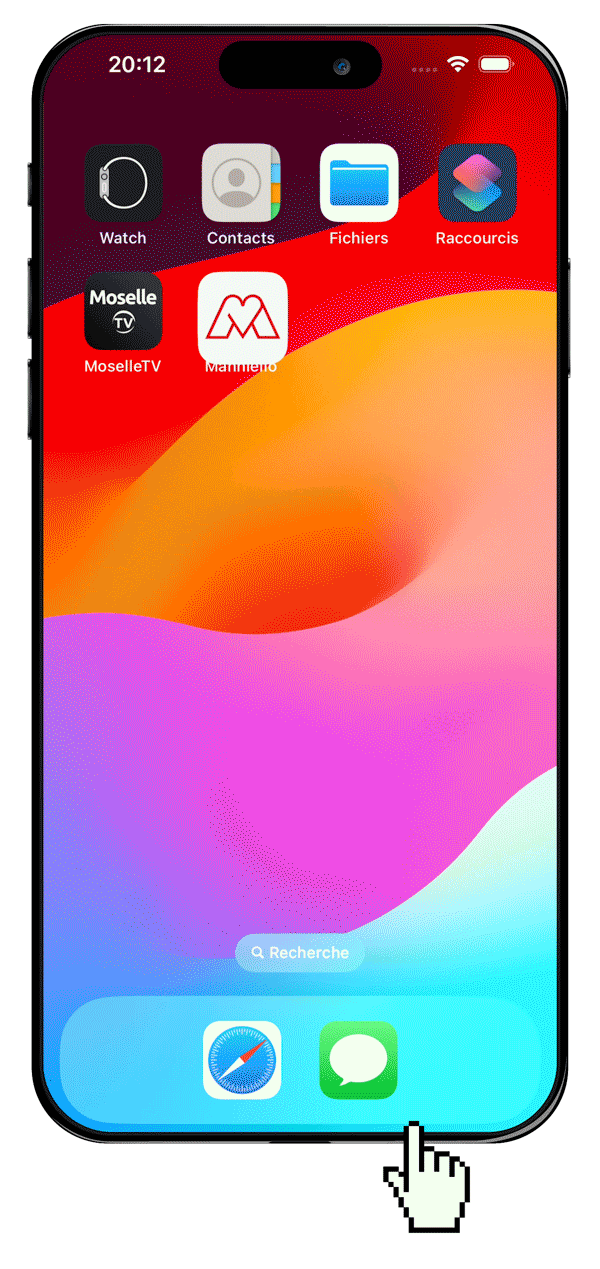
Books
OUR BOOKS

THE PILLARS OF YOUR HEALTH
Every day we are more and more concerned about how we live, about our well-being. Health care increases interest in different therapeutic means.We have current phenomena that are overweight ...

TAKE ME WITH YOU AND I WILL CHANGE YOUR LIFE
In today’s society, quality of health and longevity are terms that are heard constantly. Current issues commonly affecting health today include excessive weight ...
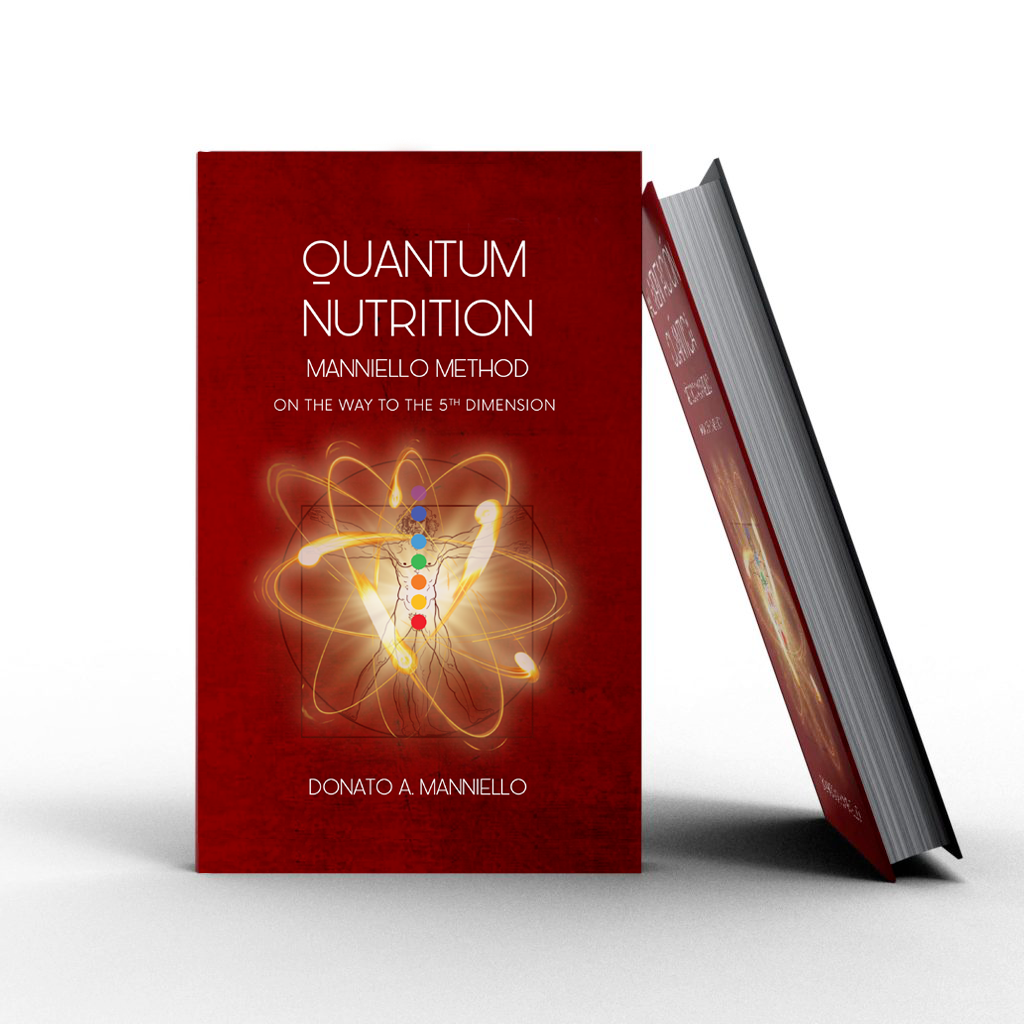
QUANTUM NUTRITION
Nuestra estructura molecular y nuestro ADN están cambiando, evolucionando. Nos dirigimos hacia la 5.ª Dimensión y el planeta Tierra va vibrar en una frecuencia más alta de lo que está vibrando hoy ...
